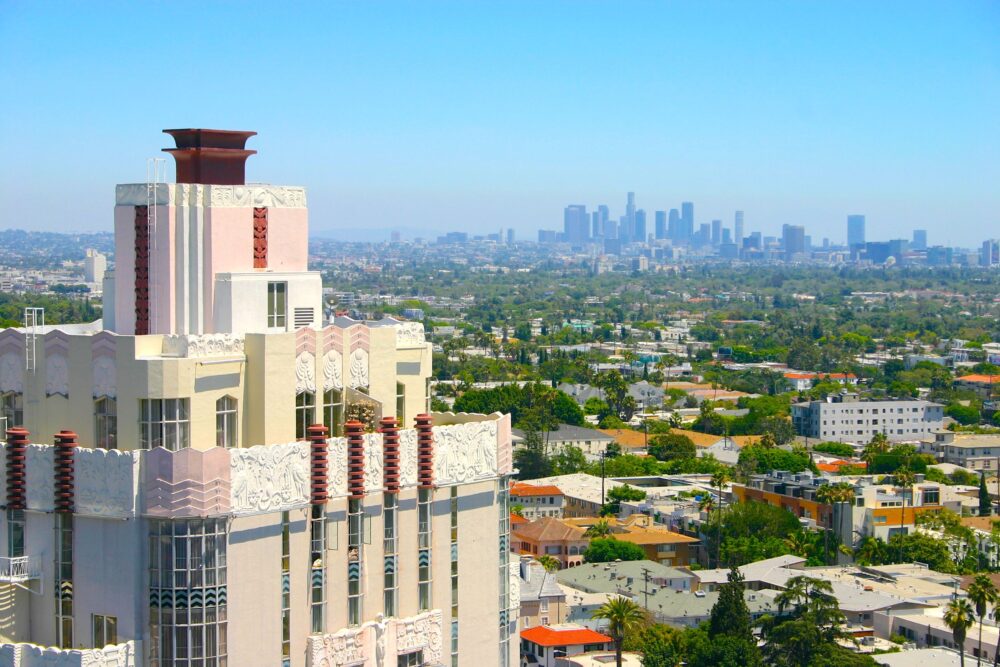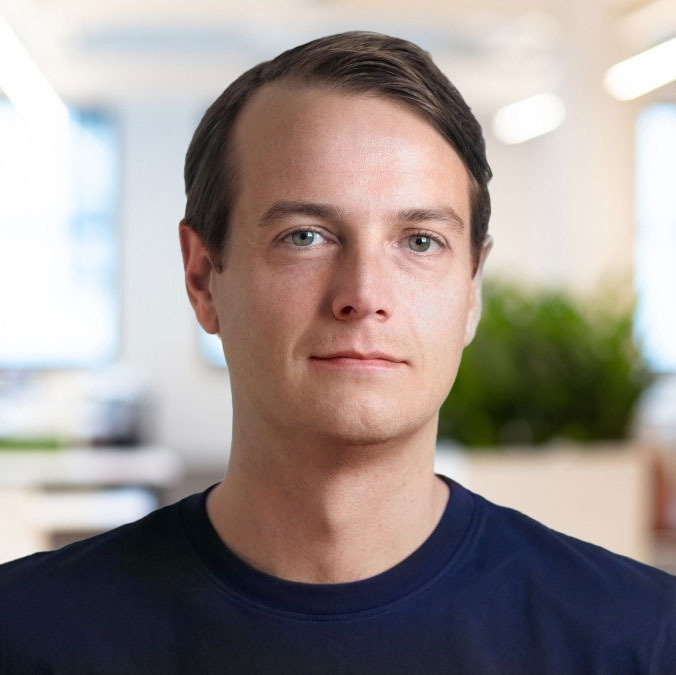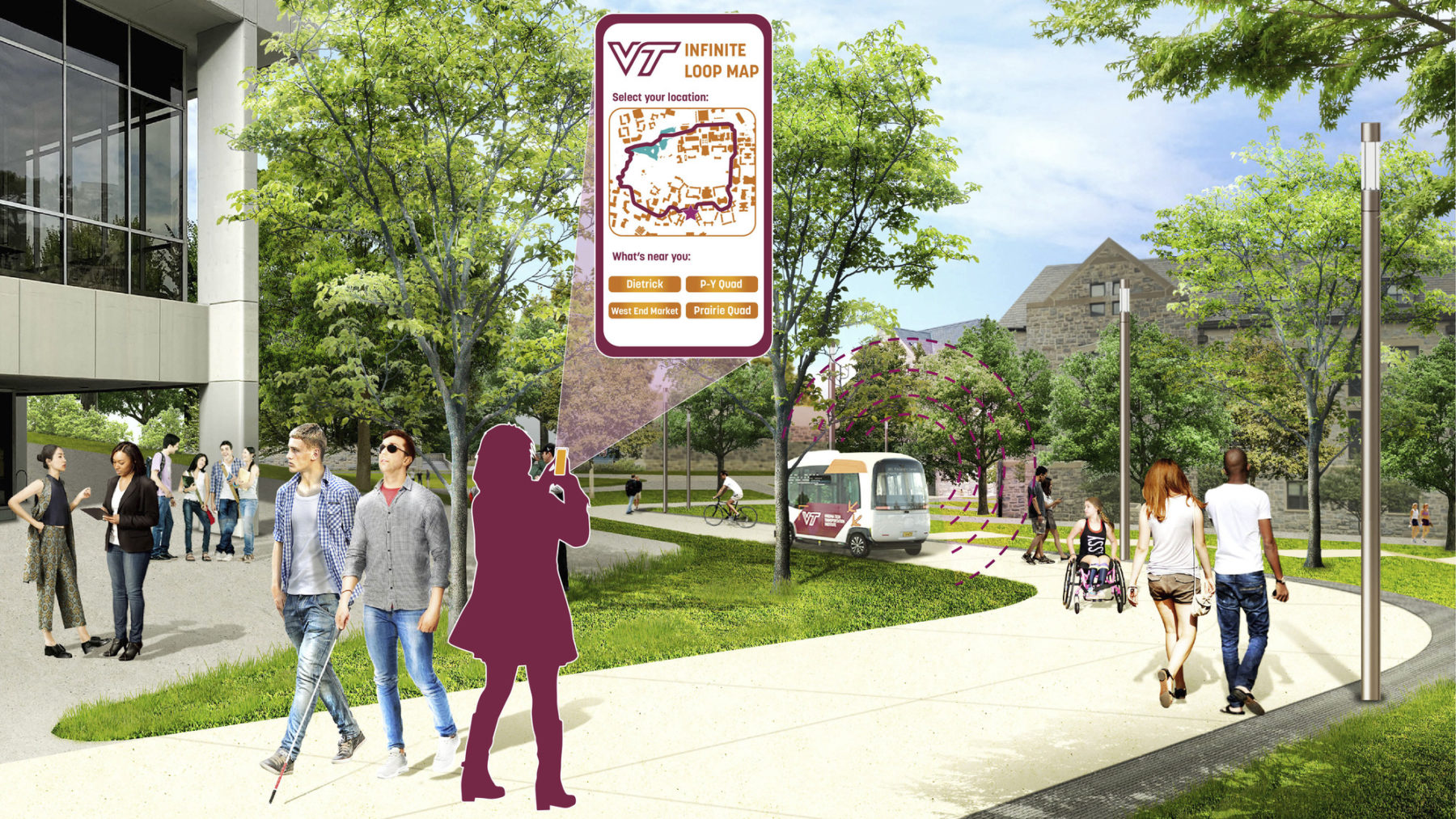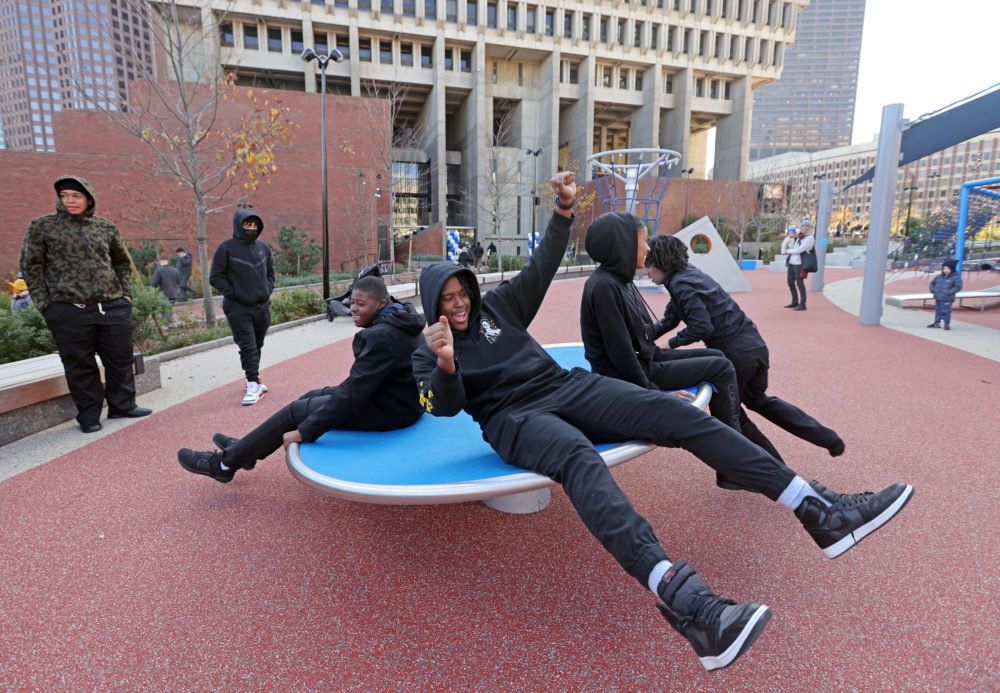
The Reconnecting Communities and Neighborhoods grants represent a funding opportunity for cities that are looking to undergo a just transition to a greener, more prosperous, and more equitable future.
 Sasaki
Sasaki
Inclusion is fundamental to our design process. Sasaki aims to design inclusive places that welcome all users and create equitable experiences, whether through providing routes for users with different modes of mobility, offering diverse amenities that support a range of user needs, or by creating flexible spaces that users from different cultures and backgrounds can adapt to feel like their own.

The Reconnecting Communities and Neighborhoods grants represent a funding opportunity for cities that are looking to undergo a just transition to a greener, more prosperous, and more equitable future.

Moving the needle on sustainability begins with the choices we make in our daily lives. For Sasaki Engineer-in-Training Autumn Faitak, those small choices ripple into waves of change for cities around the world.

Sasaki has been selected by the City of West Hollywood to develop a blueprint for addressing urgent housing issues in the region

The Lawrenceville School’s Tsai Commons and Field House builds on the premise that all students belong and all perspectives are welcome. Vinicius Gorgati and Marta Guerra-Pastrián open up about its design process.

Sasaki Associate Principal and architect Ian Dickenson built a career on integrated design and rethinking urban life. To him, the best designs can be found in the spaces in-between.

Jerolim 认为,建筑师不再只是设计空间或监督施工的角色,而是进一步成为一名教育者、导师、以及能够深刻影响环境话题的推动者。

To celebrate National Disability Independence Day, landscape architect Ian Scherling reflects on the importance of creating a human-centered design practice and issues a challenge to designers


Sasaki welcomed leaders in disability rights and design to discuss human-centered design in the built environment

Sasaki talked with Boston’s Disability Commissioner Kristen McCosh about the universal accessibility of the new plaza design

Introducing the first planning effort at UC Berkeley to comprehensively address accessibility across the campus landscape

Too often in the design world the term “accessible design” is an epithet for meeting the minimum requirements put forth by the Americans with Disabilities Act (ADA). Learn how Sasaki designers are reinventing inclusive best practices that aim to create spaces suited for all users

Principal Greg Havens, AIA, AICP pens a perspective for SCUP Journal's Summer 2020 issue, advocating schools seize the opportunity to plan with universal design principles as pedagogy and campus are reconceived to respond to the pandemic

The transformed Plaza will serve as a welcoming civic heart for generations of Bostonians